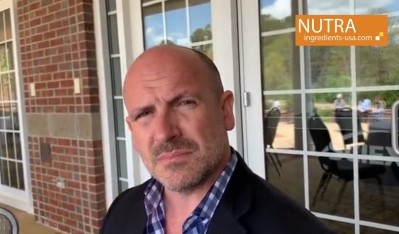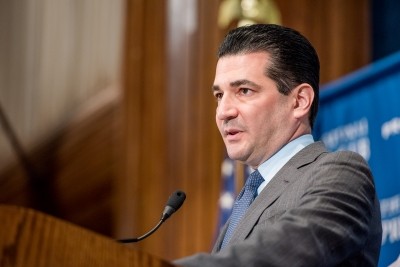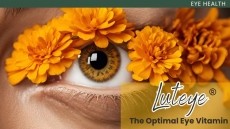Setting the record straight: Botanical Safety Consortium not involved in regulatory decisions, says co-chair

Former FDA commissioner Scott Gottlieb announced a new Botanical Safety Consortium as part of a suite of revamps for the agency’s oversight on dietary supplements back in February.
Dr Rider, a toxicologist for the National Institute of Environmental Health Sciences and member of the consortium’s steering community, gave dietary supplement industry members updates of the effort at the Dietary Supplements Regulatory Summit in Washington DC earlier this month.
“I want to talk a bit about what [the Consortium] is and not because I realize there is some confusion in the area,” she told the audience.
“It is focused on in vitro and in silico approaches, not on generating new animal data,” she said.
It is also dedicated to advance the science of botanical safety and provide recommendations for tools and technologies that are useful in evaluating botanical safety, she added.
Not part of its mission, however, is providing regulatory decisions or guidance, nor is it aimed at developing additional testing requirements for botanical products.
“We’re doing a lot of work trying to match complex chemistry with biological activity,” she said.
Types of testing and characterization
“The goals of the Botanical Safety Consortium are first to determine the recommended level of chemical characterization for complex botanical products, so what are the minimum requirements? Second, it is to identify fit for purpose in vitro in silico assays for evaluating toxicities in each of the focus areas,” which are genotoxicity, hepatotoxicity, developmental and reproductive toxicity, systemic toxicity and cardiotoxicity.
“Third, it is to identify positive and negative botanical dietary supplements for each focus area based on the existing literature, including both human and animal data, then evaluate botanical library in a battery of selected assays and compare results from the battery to existing human and animal safety data.”
An example of the work they have done, acting as a model for how the consortium will establish similarity and safety data on botanical ingredients, was published last year in the journal Food and Chemical Toxicology.
In the study, they assessed ginkgo biloba extract. “We can use this high-content data and use it to evaluate how one reference ginkgo compares to all the other ginkgoes we assessed,” she explained. The study demonstrated that approaches to evaluate sufficient similarity allow for critical evaluation of complex mixtures so that safety data from the tested reference can be applied to untested materials.
“[This could help us make our] decisions about which extracts should be considered the same as our reference ginkgo that was assessed in an in vivo toxicology study, and the ones that were considered to be different and need separate safety assessments,” she added.
What’s next?
The consortium is currently in recruitment stage. “We have this inaugural steering committee that contains representation from government, so Sybil Swift [of the Office of Dietary Supplement Programs at the FDA] and I are co-chairing the consortium,” she said. The committee also has members from industry trade associations and nonprofits, such as the American Botanical Council’s Stefan Gafner.
The committee has formed working groups to focus on the different areas. For now, some are further along the others. “For example, there’s a lot of work being done in the space of genotoxicity, whereas cardiotoxicity, we’re still working through what are the available assays and who are the experts to include there,” she said.
“So right now we’re in the process of gathering those experts. We want it to reflect the cross-cutting expertise we have,” including experts from both the public and private sector.
Once the working groups have been populated, the next step would be formally convene the consortium, “so, formalization of the structure, moving towards engagement with all interested stakeholders, and then begin the work—curating this botanical library of positives and negatives, and beginning to asses that botanical library in the assay suite that has been identified in each group.”
Near-term deliverables for the consortium include publications from the subgroups and steering team, and a public forum to engage and inform stakeholders.

















